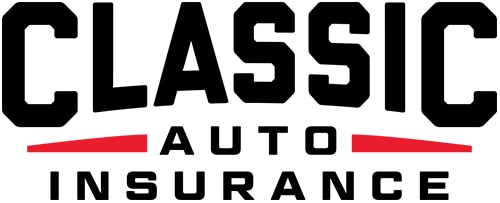Classic cars hold a special place in the hearts of many automobile enthusiasts. Their timeless designs and rich history make them valuable treasures. However, over time, these vintage beauties can fall victim to rust and corrosion, threatening their structural integrity and appearance. With the right knowledge and a little elbow grease, you can restore your classic car to its former glory. In this blog post, we will explore the step-by-step process of repairing rust on a classic car and making it shine once again.
![]()
1. Assess the Damage
Before diving into the restoration process, it’s crucial to assess the extent of the rust damage. Begin by inspecting the affected areas closely. Check for rust spots, bubbles in the paint, and any areas where the metal may have deteriorated. Understanding the scope of the problem will help you plan the necessary repairs effectively.
2. Gather the Right Tools and Materials
The next step for your classic car rust repair is to gather the tools and materials you’ll need for the restoration project. You’ll require some basic supplies, such as:
- Safety equipment (gloves, safety glasses, and a mask)
- Wire brushes and sandpaper
- Rust remover or converter
- Body filler
- Sanding blocks
- Automotive primer and paint
- Clear coat (if necessary)
3. Remove the Rust
Removing rust is the most important step in the process. Start by using a wire brush or sandpaper to scrape away the loose rust and expose the clean metal underneath. Be thorough in this step, as any remaining rust will continue to spread.
Next, the best rust treatment for classic cars is a rust remover or converter, which chemically converts rust into a stable compound, preventing further corrosion. Follow the manufacturer’s instructions carefully when applying the rust converter.
4. Repair Body Imperfections
Depending on the extent of the rust damage, you may need to repair body imperfections with body filler. This step involves applying the filler to the affected areas, allowing it to dry, and then sanding it down until it’s smooth and flush with the surrounding metal.
5. Prepare for Paint
Once you’ve removed the rust and repaired any imperfections, it’s time to prepare the surface for painting. Begin by sanding the area with a fine-grit sandpaper or sanding block until it’s smooth and even. This step ensures that the paint adheres properly and provides a seamless finish.
6. Apply Primer and Paint
After preparing the surface, apply a layer of automotive primer to promote paint adhesion and prevent further corrosion. Allow the primer to dry according to the manufacturer’s instructions.
For a professional-looking finish, you should use automotive paint matched to your classic car’s original color. Apply several coats of paint, allowing each coat to dry before applying the next. Finish the process with a clear coat for added protection and shine.
7. Prevent Future Rust
Classic car rust prevention is essential to preserving your classic car’s beauty. Regular maintenance, including keeping your vehicle clean, waxed, and stored in a dry environment, can be the best step for classic car rust proofing.
![]()
Protect Your Classic Car with a Policy from Classic Auto
Restoring a classic car with rust damage can be a labor-intensive process, but the results are undeniably rewarding. Remember that patience, attention to detail, and the right tools and materials are key to successfully repairing rust on a classic car. With dedication and care, you’ll be able to enjoy your classic beauty for years to come. After you’ve restored your classic car to its former glory, make sure it’s protected with the best insurance in the industry. Classic Auto offers premium car insurance coverage for your classic or antique vehicle. With features such as 24/7 roadside assistance with flatbed towing, agreed-upon value compensation after a loss, and inflation guard, you can rest assured that your classic car investment is in the best hands. Contact us today 888-901-1338 to find out about everything that we cover and get a quote for your investment.





